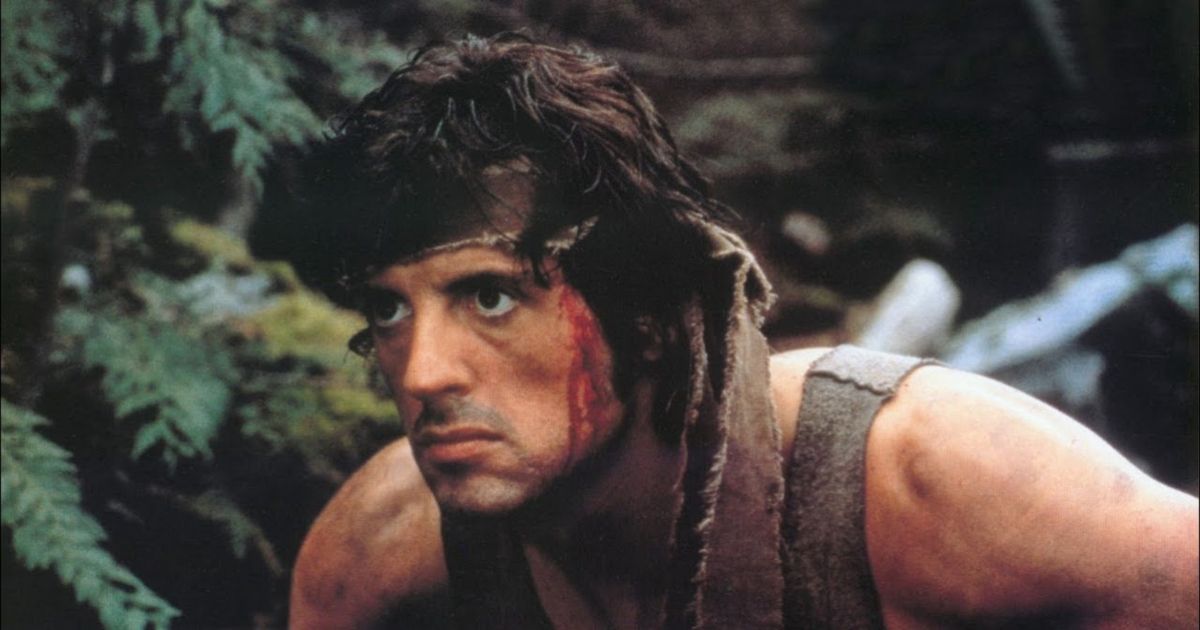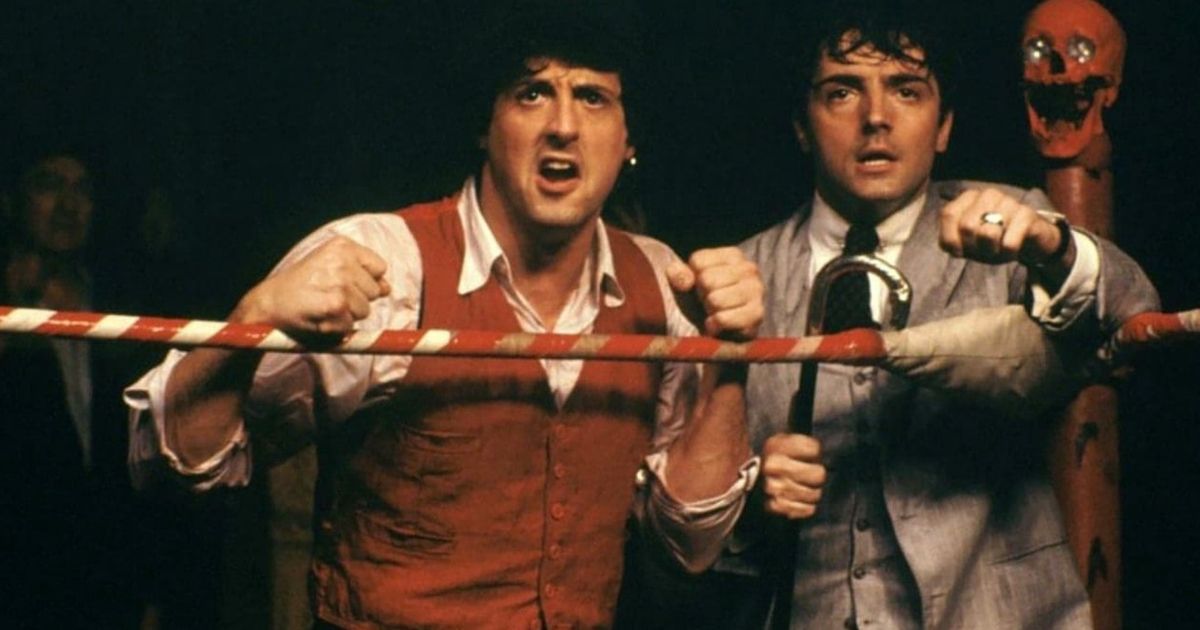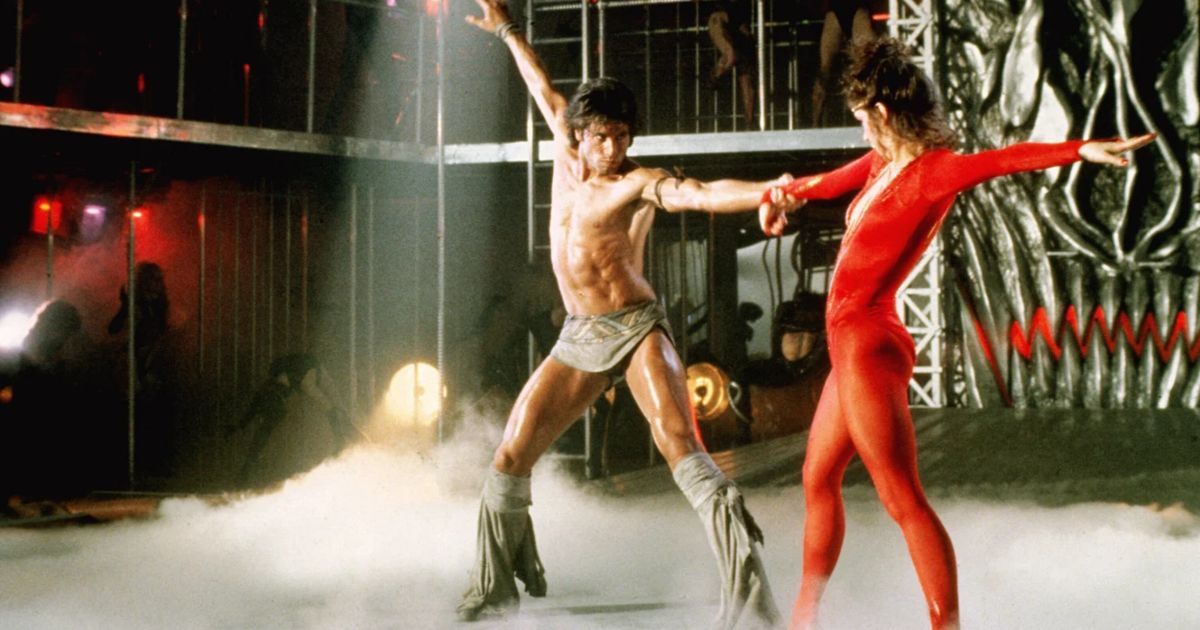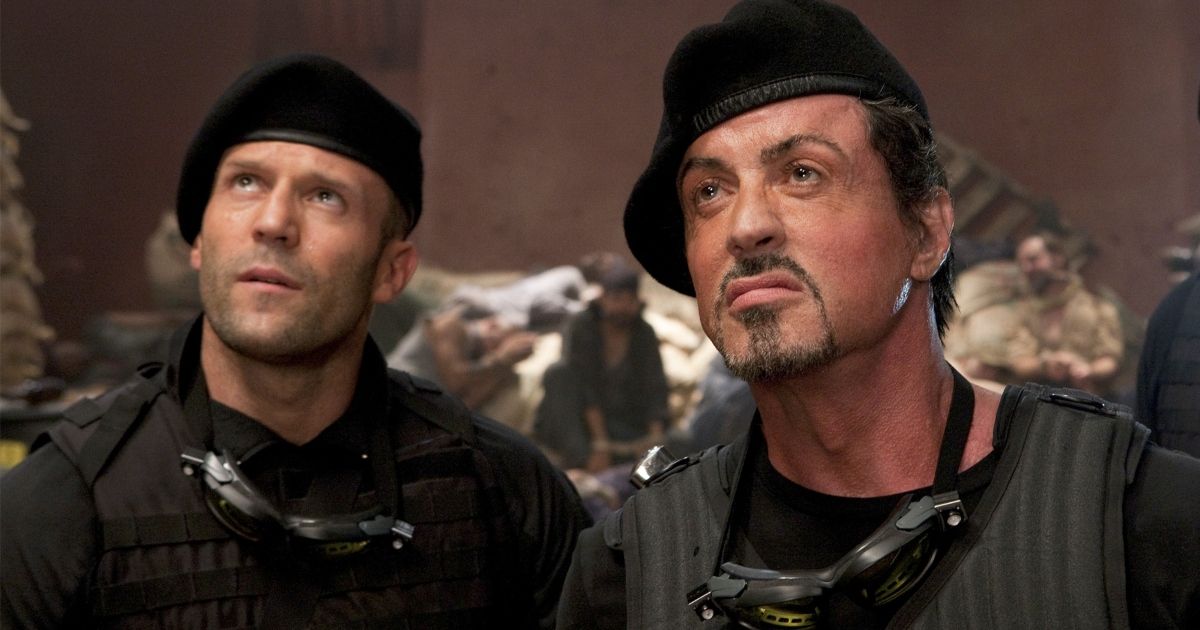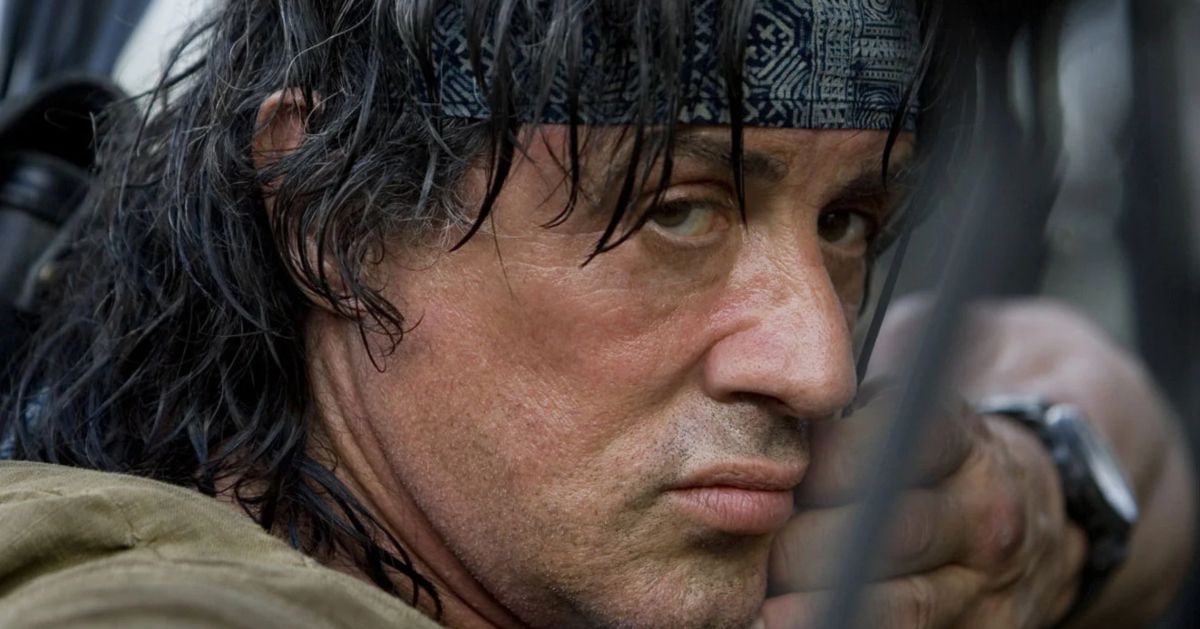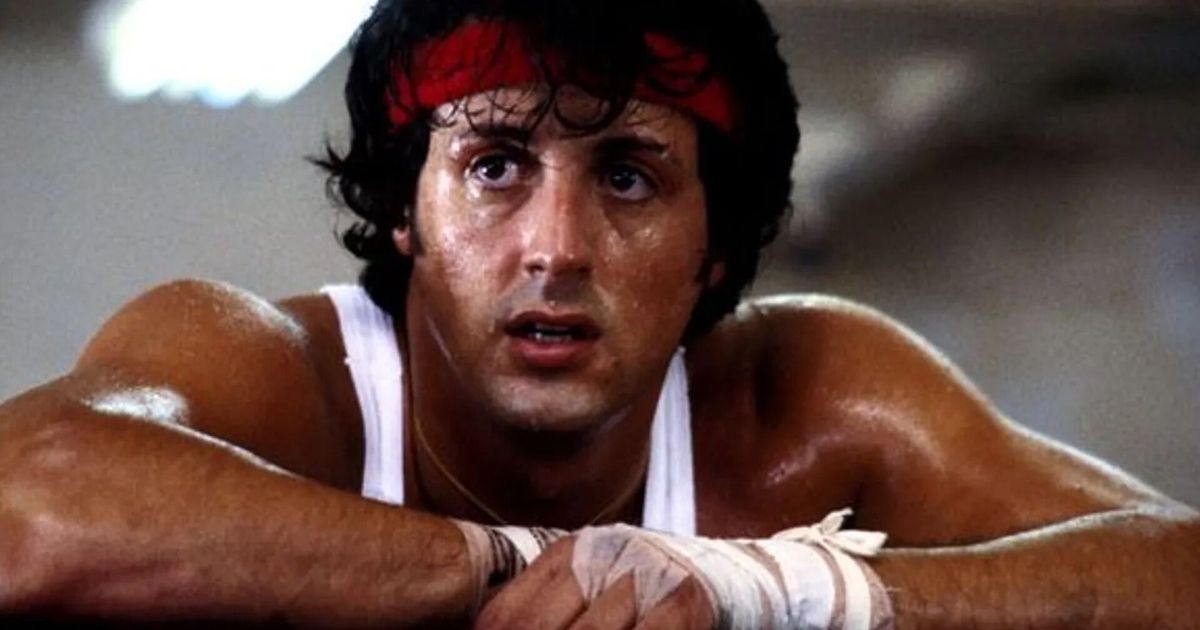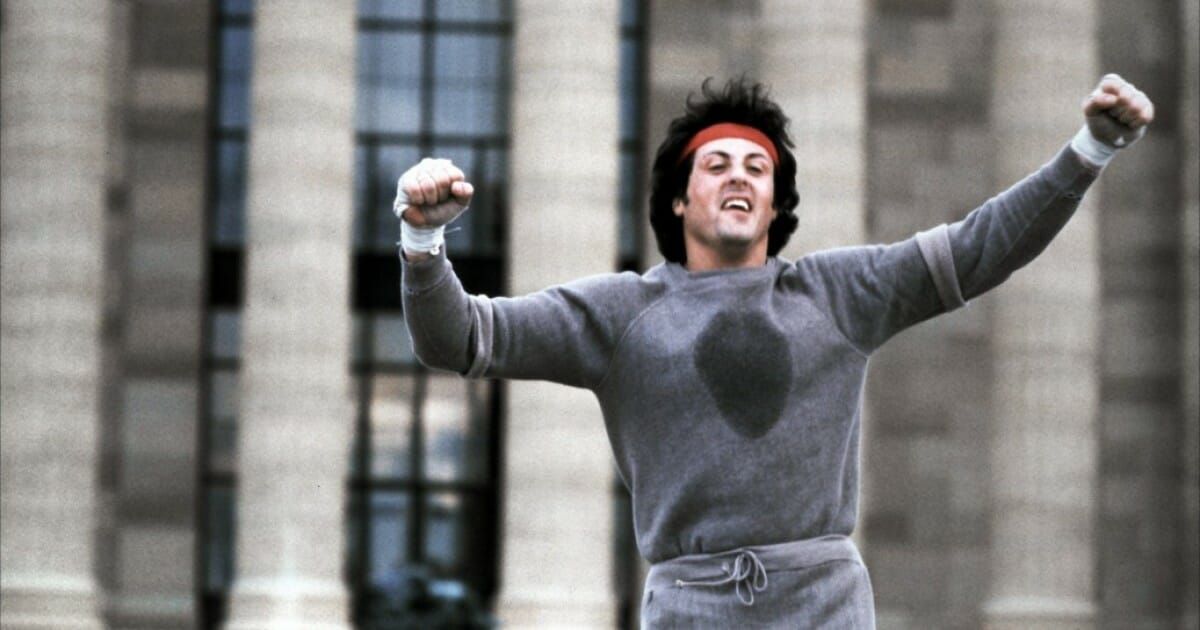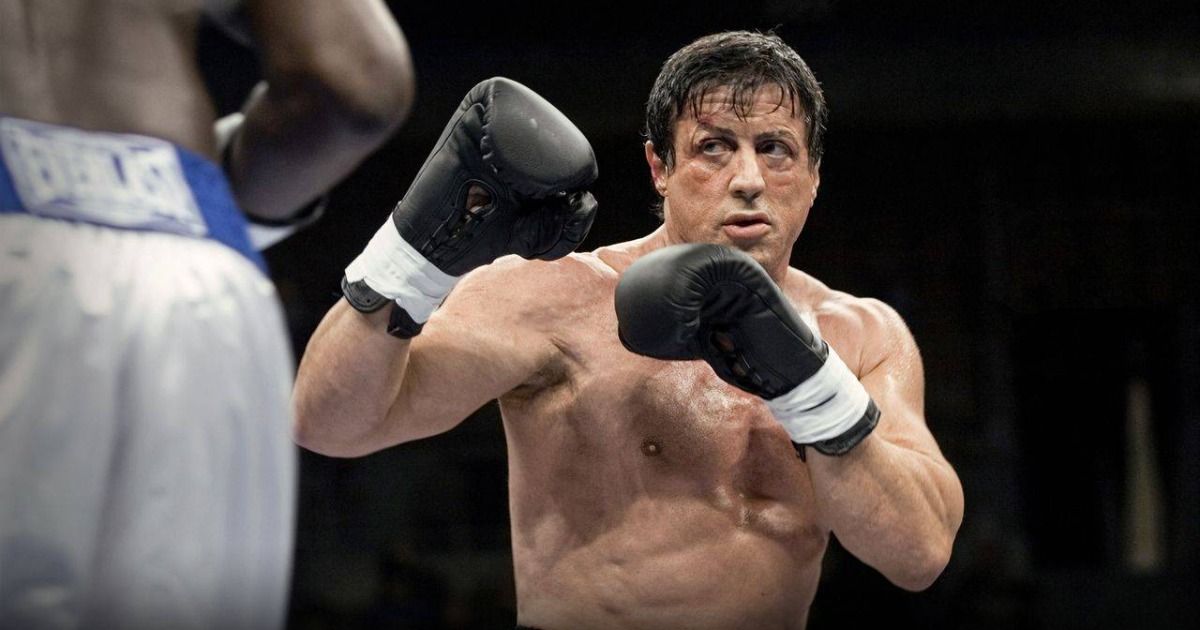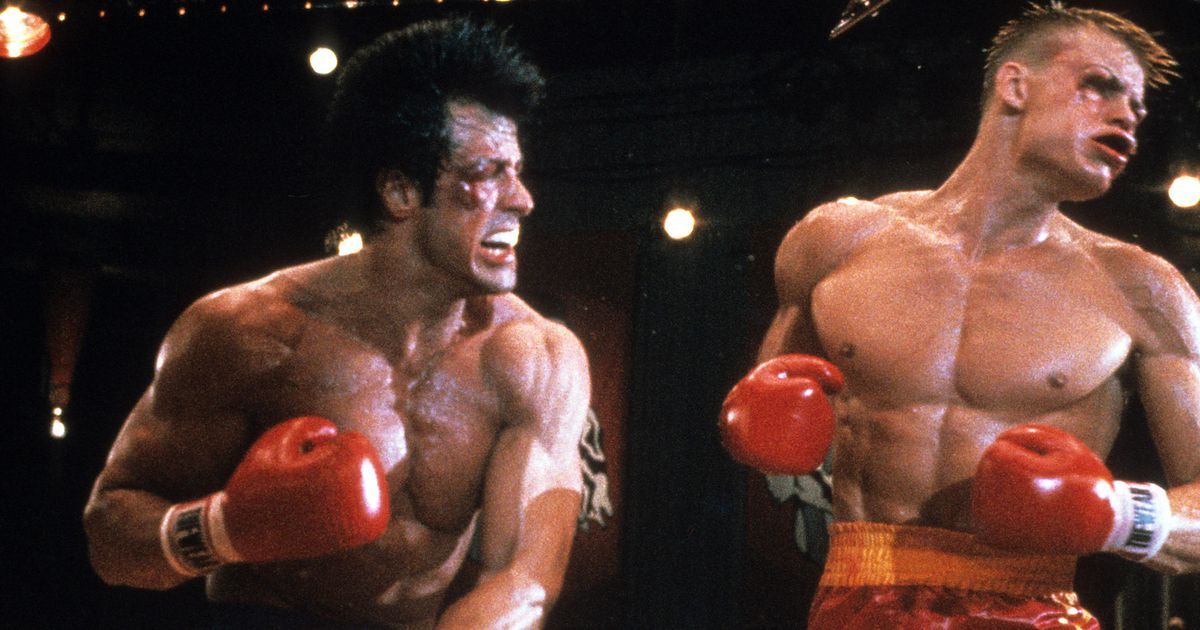Sylvester Stallone is a guy who gets things done. Consider the case of Rocky. Stallone's acting career was off to a slow start, so he took matters into his own hands and wrote a movie that he wanted to star in. In the spring of 1975, Stallone saw the Muhammad Ali vs. Chuck Wepner fight. He went home and started writing; three days later, he had finished the first draft of Rocky. He shopped the script around to studios with himself attached in the lead role. Studios balked at that idea. They wanted Robert Redford or Burt Reynolds to play Rocky Balboa. Stallone, just 30 years old at the time, stood his ground and prevailed. The underdog who had made the classic underdog movie fittingly came out on top — Rocky was nominated for 10 Oscars, including Best Original Screenplay and Best Actor; it won the Oscar for Best Picture, Best Director, and Best Editing.
With the chutzpah he displayed with Rocky, it's not surprising that when he turned to directing he approached it with similar gusto. Two years after Rocky, Stallone made his directorial debut with 1978's Paradise Alley. He was off and running from there, directing Rocky 2, Rocky 3, Rocky 4, The Expendables, Staying Alive, and Rambo. Though he hasn't directed in a dozen years (instead starring in massive hits like the Creed films, Guardians of the Galaxy Vol. 2, and the upcoming movie Samaritan), let's look back at Sylvester Stallone's underrated filmography as a director.
8 Paradise Alley
Paradise Alley is a drama about a family with three sons who enter the world of professional wrestling. The film is set in Hell's Kitchen, New York in the 1940s. The brothers, Lenny, Victor, and Cosmo Carboni (Lee Canalito, Armand Assante, and Sylvester Stallone) each have their own style of wrestling. Cosmo is a con artist and hustler. Lenny is an undertaker who is scarred physically and emotionally from the war. Victor is a big lug of a man who leaves his job delivering ice to become a wrestler. Paradise Alley was released in November 1978 to unfortunately negative reviews and was often compared to Rocky; critics called it a recycled version of Stallone's masterful Rocky script, but László Kovács' cinematography and Bill Conti's score are very underrated.
7 Staying Alive
Sylvester Stallone directed 1983's Staying Alive, the sequel to the legendary Saturday Night Fever, with John Travolta reprising his role as Tony Manero. Staying Alive is the only film Stallone directed that he didn't also star in. The movie was panned by critics but was a commercial success, building on the blockbuster results of Saturday Night Fever and its surprisingly gritty drama (and iconic '70s film score). Manero, the former king of the disco dance floor, dreams of transcending the club and becoming a professional dancer. He works as a dance instructor and waiter looking for his big break on Broadway; the aspirational underdog story had become a Stallone trademark by this point.
6 The Expendables
Even four decades into his career, Sylvester Stallone was still directing and writing (the latter of which he still does, as recently as 2019). The Expendables is a 2010 action ensemble film that unites some of the biggest action stars of all time; Stallone stars alongside Dolph Lundgren, Jet Li, Jason Statham, Randy Couture, Terry Crews, Steve Austin, and Mickey Rourke. The Expendables are an elite group of mercenaries based in New Orleans who take on various missions. The film was received well and went on to spawn two sequels which continued to mark the franchise as an epic hotspot for action stars, featuring Liam Hemsworth, Jean-Claude Van Damme, Bruce Willis, and Arnold Schwarzenegger, Chuck Norris, and more.
5 Rambo
Rambo is the 2008 sequel to Rambo III. The film takes place in the era of the Saffron Revolution and its protests, upping the atrocities and darkness of the previous two installments. A Burmese Army officer is pillaging villages and instilling fear in their residents — people are slaughtered women are kidnaped and used as sex slaves; teenage boys are conscripted into the army. It is 20 years after the war in Afghanistan and John Rambo is living in Thailand working as a snake catcher, but he is lured into helping the resistance fight for the Burmese people.
4 Rocky 3
Rocky III was released in 1982 and takes place five years after the end of Rocky II. Rocky Balboa has successfully defended his title again and again, and at this point in his life, he's a celebrity with a cushy, comfortable life that's a far cry from the first Rocky. A new, young, but powerful boxer named Clubber Lang (Mr. T.) is on the rise, which worries Rocky's manager Mickey Goldmill. Rocky is publicly challenged by Lang at the unveiling of Balboa's statue on the stairs of the Philadelphia Museum of Art. Rocky had been planning to announce his retirement, but he couldn't resist the lure of taking on Lang, who had become the number one ranked boxer.
3 Rocky 2
Rocky II centers on the events immediately following the end of Rocky. The match is over, with Balboa and Apollo Creed both on their way to the same hospital; Creed challenges Rocky for a rematch after people start calling Creed's win from the first film a fluke (or a 'split decision' at best, as they call it in the world of boxing). Rocky, however, wants to retire from professional boxing.
In the meantime, Creed mounts a smear campaign against him, and Balboa eventually returns to boxing due to financial issues. When the rematch happens, Rocky is finally victorious. Rocky II was released in June 1979 to positive reviews, and the difference between Stallone's more sentimental direction compared to John Avildsen's direction in Rocky is fascinating.
2 Rocky Balboa (2006)
Three decades after he first wrote Rocky, Stallone still proved the character was worth revisiting (and that the actor/director still has what it takes) with Rocky Balboa. Rocky is a much more melancholic and introverted figure here, and Stallone does an excellent job introducing his pain after years of personal tragedies and problems. He's an extremely sympathetic figure, and though the plot of him getting back into the ring to fight Mason 'The Line' Dixon is a bit derivative, the training and boxing sequences in Rocky Balboa (also known as Rocky 6) are some of the best in the whole franchise. This was the first time Stallone took on directing in over 20 years (since the excellent Rocky 4), and he hadn't missed a beat.
1 Rocky 4
Rocky IV was released in 1985 and features American Rocky Balboa facing off against Ivan Drago (Dolph Lundgren), a competitor from the U.S.S.R. Ivan has swagger and Apollo Creed can't resist challenging him to an exhibition match in the name of good old U.S. patriotism. Rocky trains Apollo, and the match takes place in Las Vegas. During the bout, Drago beats Apollo to death, leading Rocky to avenge his friend's death by training to take on Drago himself. Rocky IV became a cultural phenomenon, likely because of the Cold War, and spent six weeks as the number one film at the box office in 1985, grossing the most of any Rocky film.

